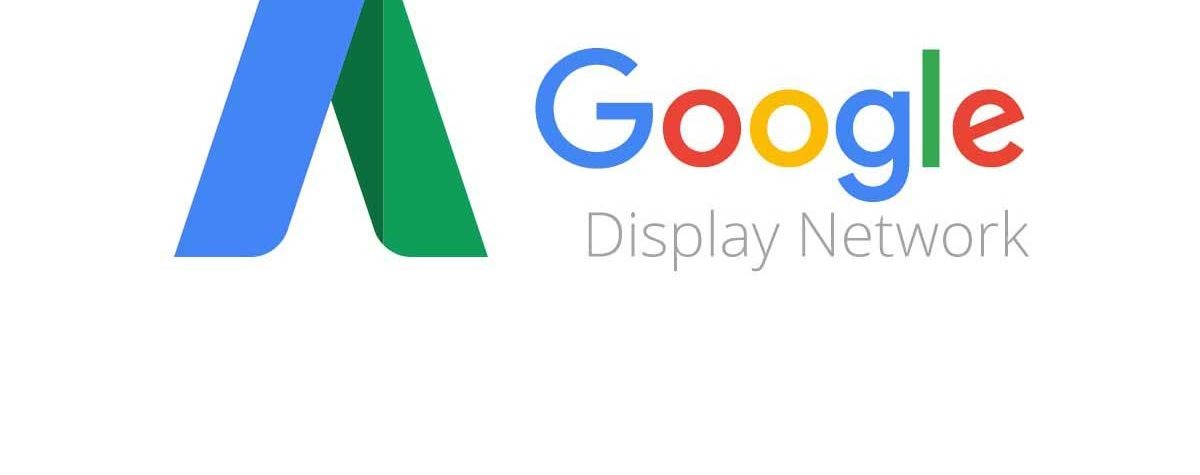Google Ads, Display Advertising in 2020 – What to expect, how to build and how to measure


Despite the world being in a state of uncertainty at the moment, you can always count on digital advertising as being an absolute certainty. With the world now at home and online, traffic to blogs is at an all time high, representing an opportunity to grow your business through Google’s Display Network.
There are now more ways than ever to incorporate display advertising into your digital strategy. Google is further encouraging the use of smart campaigns. Note that the use of the word smart here refers to targeting and not bidding, though smart bidding is still recommended too.
With the world in turmoil at the moment, using display advertising to feed your marketing funnels and remarketing audience lists is going to be an essential part of succes in Google ads in 2020 and for the foreseeable future.
Google recommends adopting a three pronged approach to display advertising where applicable. This involves setting up Smart Display Campaigns, Smart Shopping Campaigns and Discovery Campaigns. The use of the word Smart here refers to the campaigns targeting and not the bidding. You can still run a smart campaign with manual bids.
Google breaks display campaigns into reach and performance categories. It is recommended that Shopping and Discovery be used only as Performance based campaigns as they can be expensive to run as reach campaigns. Smart Display can be used for either reach or performance but it is recommended primarily as a reach campaign type.
Smart campaigns apply their own audiences based on your remarketing list – these aren’t the same as lookalike audiences, Ads is specifically looking at what affinity and in-market audiences users who have visited your site previously appear in and targeting those audiences.
Below we’ve outlined an example of how Google would recommend structuring the three types of display campaigns.
Measuring success is essential for display advertising in 2020 though it may take a different form than Return On Ad Spend. It’s important to remember the goal of the campaign when measuring its effectiveness. Upper funnel display campaigns are often used for reach and to feed remarketing funnels after bringing some traffic to the site. Measuring the fiscal return of these campaigns may lead you to believe they are ineffective which in turn could harm your overall strategy.
View through conversions are an essential metric to measuring your display campaigns effectiveness. A view through conversion refers to a conversion whose path started with the user seeing a display ad but not interacting with it and visiting the site later through a different medium and converting. In this instance, a conversion may not have occurred had the user not seen the display ad first even though the display ad was not directly responsible for bringing the user to the site.
The Model Comparison Tool in Analytics can help you with budget allocation for your campaigns in the future. This will help you identify how your display campaigns are affecting your conversion paths and decide how to spend your budget for maximum return. This tool is most useful when comparing attribution models that disperse attribution across multiple channels involved in conversion path and those models which attribute whole conversions to singular touch points on the conversion paths. As an example, when viewing your campaigns in the Last Google Ads Click attribution model, this grants 100% conversion value to the ad which brought the converting user to the site. If you view the same conversion data through the Linear Attribution Model, you learn that the conversion originated with a display ad click a week prior to conversion. This data is essential to deciding where to spend your ad budge
Core Optimisation is a performance-based digital agency which helps you grow your online revenue. Our starting point is always you. We get to know your brand from the inside out and the outside in. If you’re interested in learning more give us a shout!